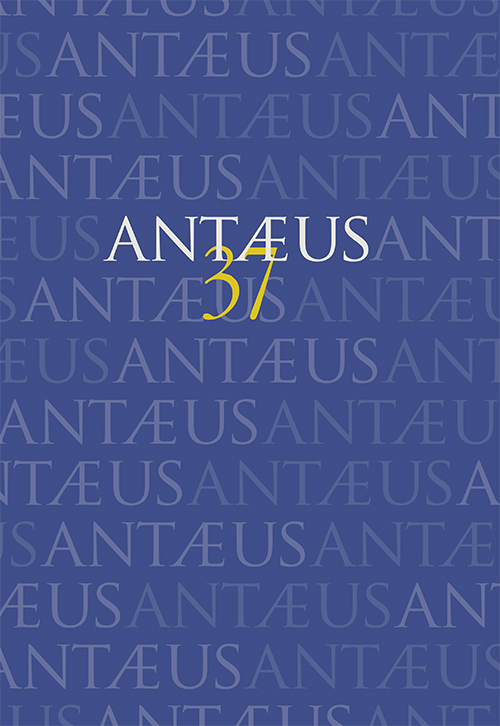|
Friedhöfe und Siedlungen im Karpatenbecken des 10.–11. Jahrhunderts: Einige Anmerkungen zur Abhandlung von Miklós Takács László Révész 
AbstractThe collection and examination of cemeteries and parts of cemeteries excavated in the territory of the Carpathian Basin sheds light on their diversity and multifariousness in the country from the beginning of the 10th century to the first third of the 12th century. The view that previously associated the individual cemeteries with a particular stratum of society or ethnicity is already outdated both in its methodology and approach. More recent research focuses on the characteristics and period of use of sites found in a smaller area with the help of regional analyses. This offers a more accurate picture of the internal population movements, social transformation, as well as the spatial and temporal changes of the population in each region in the 10th and 11th centuries. The research results also shed light on the relations between the conquering Hungarians and the local peoples, as well as on the connections made with the neighbouring peoples. The time span of the use of each cemetery can now be determined with a few decades of accuracy. Today, these results are still difficult to synchronize with settlements that can be dated with much broader time limits. Linking individual cemeteries to specific settlement remains can be problematic and even misleading. In the field of settlement archaeology, I see the way ahead in the intensification of regional research. Within a given region, it is worth observing the tendencies, as well as changes and peculiarities indicated by cemeteries and settlement remains, then comparing them with each other. |
![]()



